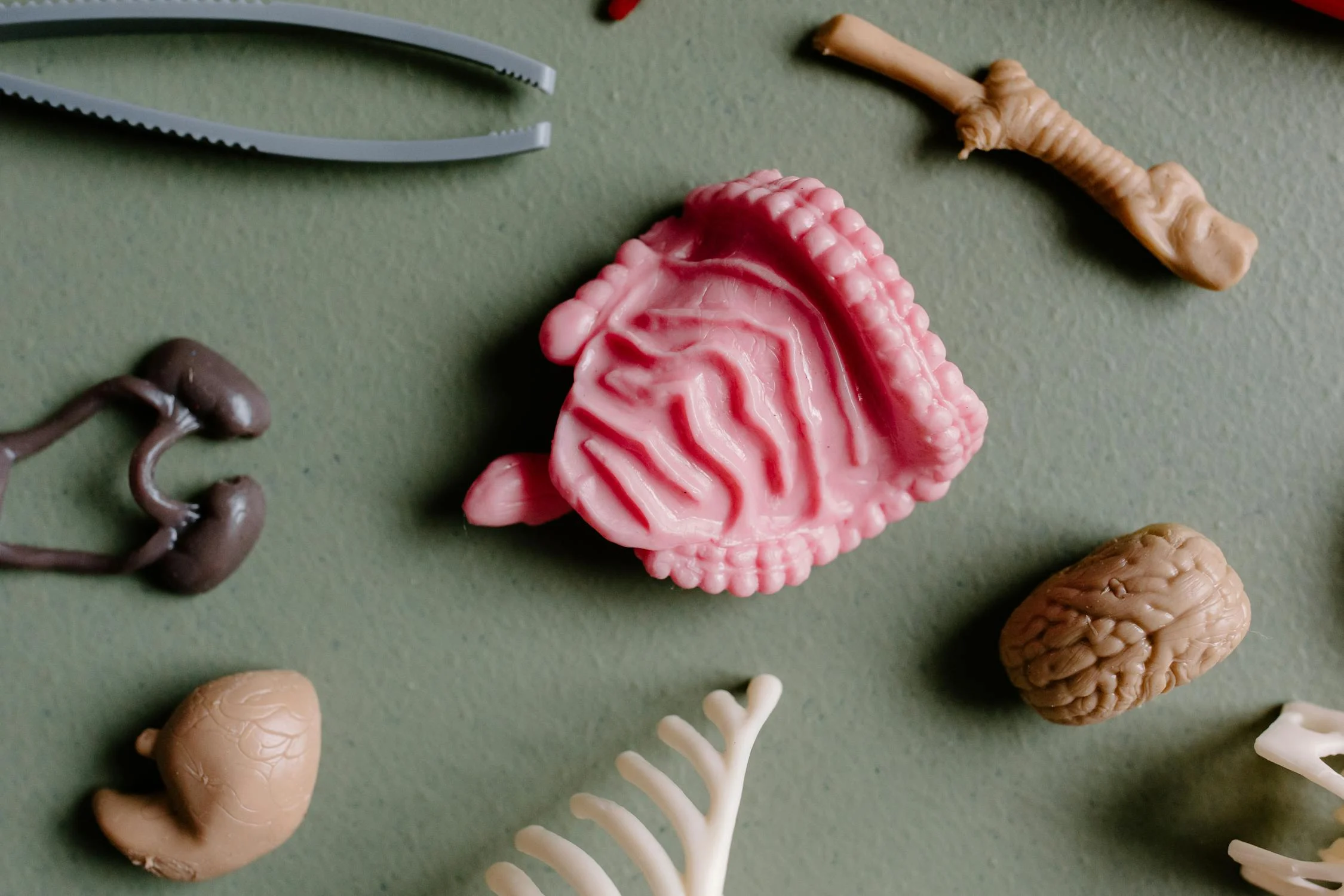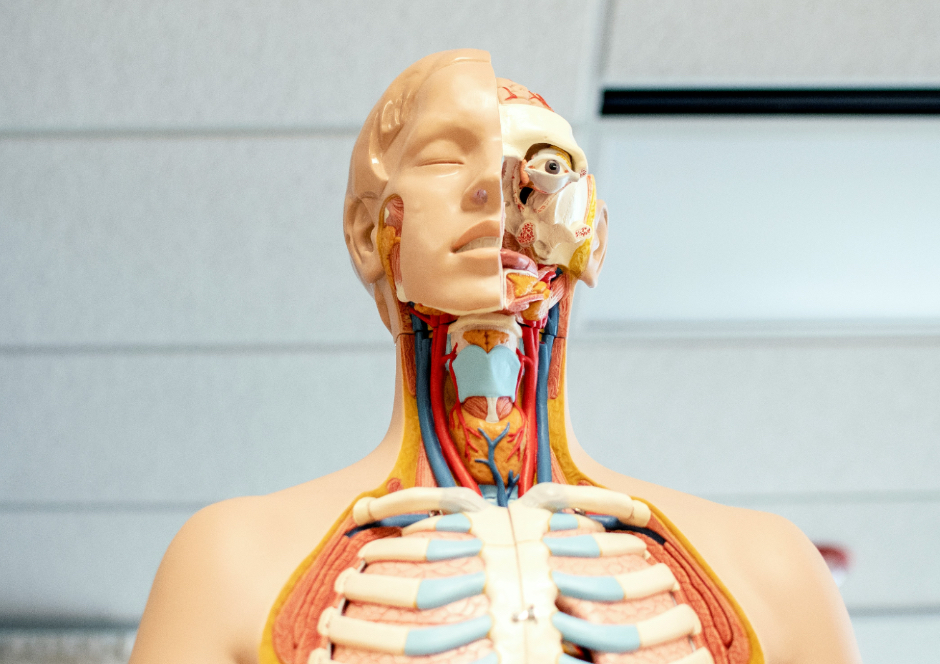Intrahepatic cholestasis refers to impaired bile flow within the liver, leading to bile buildup in hepatocytes or small bile ducts. It differs from Primary Biliary Cholangitis (PBC), though both involve cholestasis. Here’s a concise overview and comparison:
- Intrahepatic Cholestasis:
- Causes: Can arise from various conditions, including:
- Drug-induced liver injury (e.g., antibiotics, steroids).
- Pregnancy (Intrahepatic Cholestasis of Pregnancy, ICP).
- Genetic disorders (e.g., PFIC, BRIC).
- Infections, alcohol, or metabolic diseases.
- Not always autoimmune.
- Symptoms: Itching (pruritus), jaundice, pale stools, dark urine, fatigue.
- Diagnosis: Blood tests (elevated bile acids, alkaline phosphatase, GGT), imaging (ultrasound, MRI), sometimes liver biopsy.
- Treatment: Depends on cause—stop offending drugs, ursodeoxycholic acid (UDCA) for symptom relief, treat underlying condition, or supportive care.
- Prognosis: Varies widely; reversible if cause is addressed, but chronic cases may progress to liver damage.
- Comparison to Primary Biliary Cholangitis (PBC):
- PBC:
- Specific autoimmune disease targeting small bile ducts.
- Chronic, progressive, often leading to cirrhosis if untreated.
- Strongly associated with antimitochondrial antibodies (AMA).
- Treatment focuses on UDCA, obeticholic acid, or transplant.
- Intrahepatic Cholestasis:
- Broader term, not necessarily autoimmune.
- May be acute (e.g., drug-induced) or chronic (e.g., genetic).
- Not typically AMA-positive unless PBC is the cause.
- Treatment varies by trigger; not always progressive.
Key Difference: Intrahepatic cholestasis is a general condition with multiple causes, while PBC is a specific autoimmune liver disease causing intrahepatic cholestasis.
Disclaimer: owerl is not a doctor; please consult one.




Leave a Reply